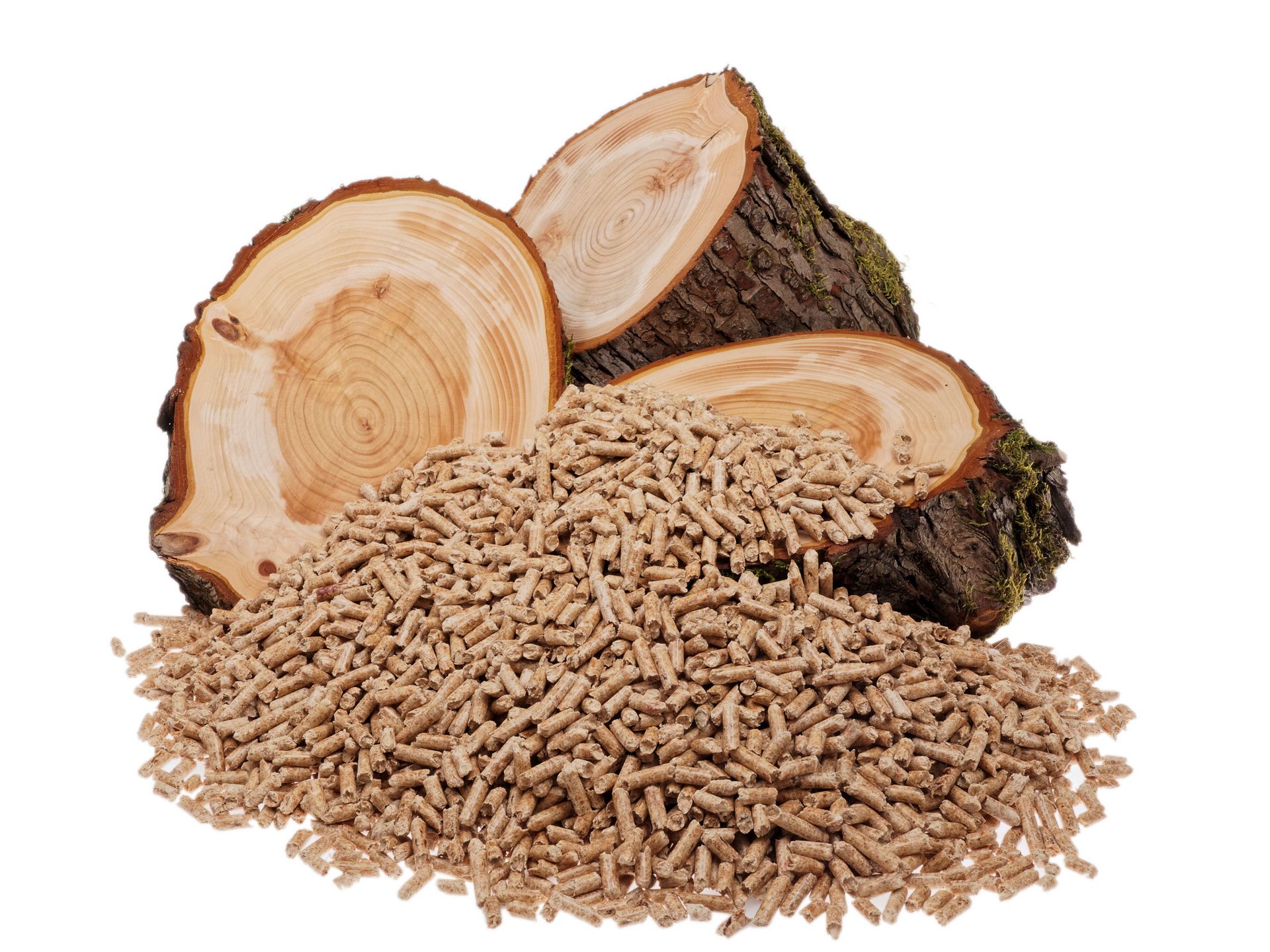WhatWood: “In Russia, the period of construction of autonomous production of wood pellets ends”
At the end of April, the head of the Republic of Komi Sergey Gaplikov and the commercial Director of ”Luzales” Ruslan Semenyuk discussed the implementation of a large-scale investment project for deep processing of wood with the creation of bioenergy plants. The largest timber processing enterprise in the region will allocate more than 5.5 billion rubles for its implementation and completion by 2023.
At the moment, “Luzales” continues the construction of a modern sawmill in the town Chovyu the city of Syktyvkar. At the same site it is planned to create a new bioenergy complex. In order to recycle non-commercial wood and reduce the volume of wood waste, the company will launch a new line for the production of pellets. According to Ruslan Semenyuk, “the new production will be exemplary for the woodworking industry of the Republic of Komi. The company will install innovative equipment. On the pellet line it will dispose of sawmill waste not only the company “Luzales”, but also all enterprises within a radius of 100 km in the district of Syktyvkar”.
According to WhatWood’s consultants, in our country the period of construction of independent production is over. Further development of production facilities in Russia will continue the trend under the scheme “sawmill + pellet line”, as companies that are not integrated with the sawmill business, there are serious problems with raw materials. This scheme will be especially relevant for investment projects implemented within the framework of “priority investment projects in the field of forest development“. Recent changes in legislation oblige investors to dispose of wood waste (this provision was absent at the start of priority investment projects). This approach will allow to recycle sawmill waste and increase the profitability of sawmilling.
In December 2018, Segezha Group commissioned a plant for the production of fuel pellets in the Krasnoyarsk region. The production capacity is 70 thousand tons of finished products and will be exported. The volume of investments in pellet production 816.6 million rubles.
In March 2019 the company “Kharovsklesprom” (included in JSC GK “Vologdsky Lesopromyshlenniki”) launched the production of pellets with a capacity of 36 thousand tons/ year in the Vologda region the Volume of investments amounted to 300 million rubles LLC “Kharovsklesprom” signed a contract for export in the amount of 28 thousand tons of pellets (CM Biomass).
At the same time, in 2019, the planned sales volume of ULK Group will be 210 thousand tons of pellets, and from 2020, 330 thousand tons will be sold from three plants of the group to consumers, and from 2022 the total volume will reach 480 thousand tons of biofuel per year.
According to consultants of the analytical agency WhatWood, in 2018, Russia produced 1.8 million tons of pellets, 300 thousand tons (about 17%) of which were sold domestically, and 1.5 million tons were exported outside the territory of the Russian Federation. The value of the market reached 14 billion rubles, of which only 2.3 billion rubles falls on domestic consumption.
The capacity of all Russian pellet plants is 3.6 million tons of finished products per year. However, the average load of the plants is 50%. Most of the pellet plants are located in the North-West (Leningrad, Arkhangelsk, Vologda regions, Republic of Karelia). In the period of 2016-2018, Siberian timber producers began to develop pellet production in the region. To date, Siberia can be attributed to the second in terms of production of pellet cluster in Russia. The obvious trend of development of the pellet areas in the far East (of the running line on the “Asia Les”, “SP Arkaim”, RFP Group enterprise under construction), which is primarily due to the attractiveness of the export of wood pellets in Asian countries.
Recall that the pellet market is actively developed in the US and Germany. In 2018 the US has increased exports of pellets of 17% to 6.04 million tonnes. The main destinations are Great Britain, where shipped to 4.71 million tonnes from the USA put pellets in Denmark, Belgium-Luxembourg. Also in the United States are beginning to build new production. In December 2018 Enviva Partners planned to invest $75.7 million in the expansion of the plant for the production of fuel pellets in the South-East of the United States. After the implementation of the investment project, the production of fuel pellets will increase to 750 thousand metric tons per year. Currently, the company owns six production facilities with a total capacity of about 3 million metric tons of biofuels per year.
Last year, Germany remained the largest producer of pellets, increasing production to 2.4 million tons (in 2017 – 2.25 million tons, whatwood note). In 2019, the Association of bioenergy and pellets of Germany (Deutsche Energieholz- und Pellet-Verband, DEPV) expects a moderate increase in pellet production to 2.5 million tons. According to DEPV, in 2018, pellet prices in Germany were stable and were at a low price level.

 Timber industry research & analytics
Timber industry research & analytics 